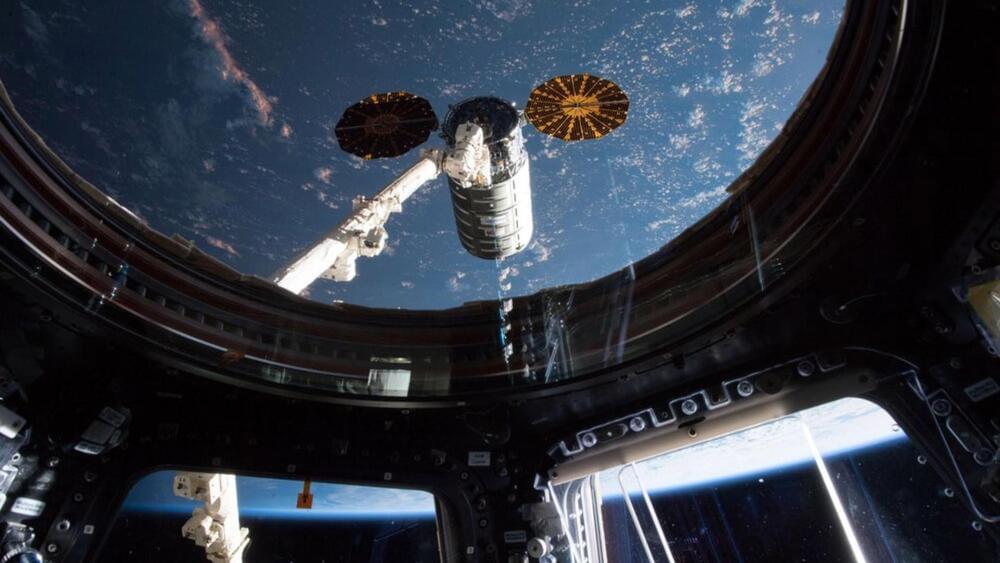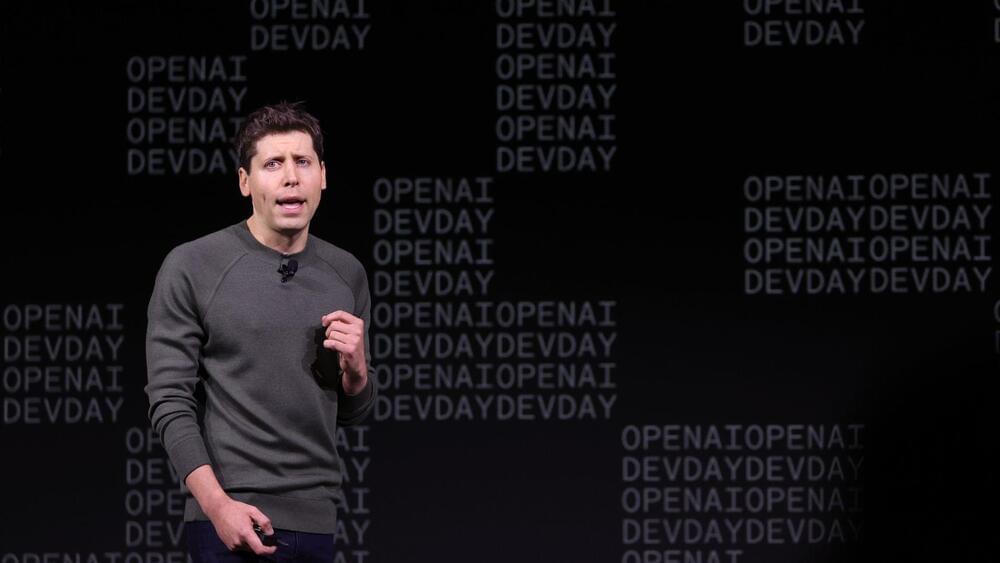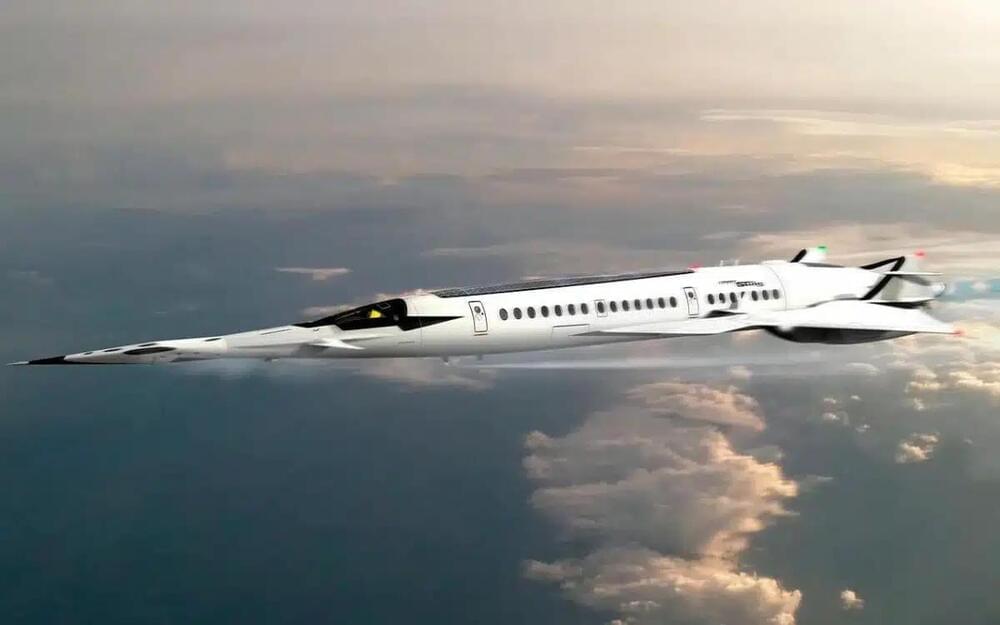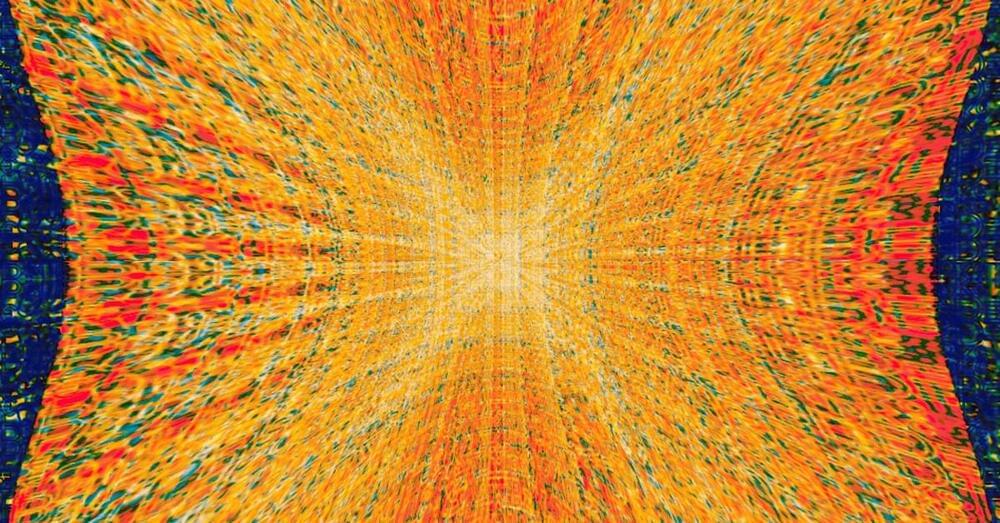ChargePoint’s Express Plus Power Link 2000 DC charging system offers charging speed twice as fast as Tesla’s V3 Supercharger.
Mercedes Benz.
The initiative is part of Mercedes-Benz HPC’s first Charging Hub in North America, located at Mercedes-Benz USA Headquarters in Sandy Springs, Georgia. The 500 kW capacity, serviced by ChargePoint’s Express Plus Power Link 2000 DC charging system, makes it twice as fast as Tesla’s V3 Supercharger.








